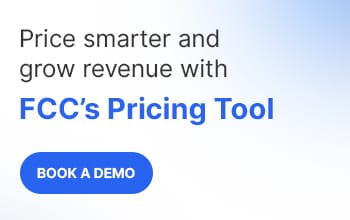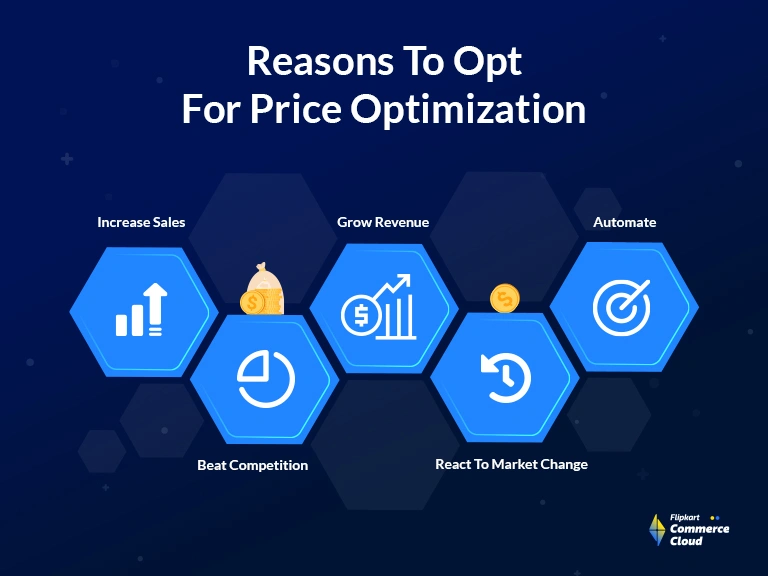
5 Reasons To Make Retail Pricing Optimization Your Focus in 2025
By Flipkart Commerce Cloud
Share On:
The retail landscape has never been more dynamic, with consumer expectations evolving, competition intensifying, and economic fluctuations constantly at play. In this volatile environment, retailers are seeking every advantage to stay ahead. One such advantage that’s gaining prominence is retail pricing optimization.
In this blog post, we discuss five reasons why you should be focusing on retail price optimization today!
What is Retail Price Optimization?
Retail price optimization is a pricing strategy that involves leveraging data-driven insights, advanced analytics, and cutting-edge technologies to determine the most effective prices for products or services in the retail sector. This approach goes beyond traditional methods by taking into account a plethora of factors that influence consumer behavior and market dynamics, such as demand elasticity and economic conditions. Retail price optimization empowers businesses to assess customer reactions to diverse pricing options for their offerings, facilitating well-informed decision-making across multiple platforms. Michael Kors, a luxury brand, implemented a successful retail price optimization strategy in 2016 by pulling off its products from certain stores to protect its brand equity and avoid offering them at big discounts. This decision resulted in higher revenue for Michael Kors than predicted.
At its core, retail price optimization aims to strike a balance between maintaining customer satisfaction while maximizing revenue, all while staying competitive within the market. This intricate process involves a blend of mathematical models, statistical analysis, and, more recently, artificial intelligence (AI) and machine learning (ML) algorithms, including various price optimization models, to make well-informed decisions.
Imagine you run an online fashion retail store. One of your most popular items is a classic white T-shirt. Now, let’s delve into how retail price optimization becomes a crucial factor in this scenario.
- Data Analysis: You analyze your historical sales data and notice that during the summer months, demand for white T-shirts spikes, while it decreases in the winter.
- Demand Forecasting: You predict that if you reduce the price of the white T-shirt by 15% during the summer, you can sell 30% more units.
- Price Elasticity: Your analysis reveals that your customers are moderately price-sensitive when it comes to white T-shirts. They are willing to pay a bit more for quality, but not excessively.
- Competitor Analysis: You keep an eye on your competitors and notice that a rival store has lowered their white T-shirt rates by 10%.
- Dynamic Pricing: Armed with this information, you decide to implement dynamic pricing. During the summer, you automatically reduce the price of the white T-shirt by 15%, matching your competitor’s discount. In the winter, you maintain a standard price. In case of some unforeseen circumstances, you can choose to swiftly adjust prices based on your discretion while adhering to predefined rules and guardrails to trigger alerts and approval flows. This ensures you can respond effectively to unexpected events or market shifts while maintaining control over pricing decisions.
- Customer Segmentation: You use customer data to segment your audience. You find that some customers are more price-sensitive, so you send them targeted discounts during the summer, while others value quality and receive marketing messages highlighting the T-shirt’s durability and fabric.
Also Read: Price Optimization Tactics For Marketplaces : An Expert’s Guide
By applying retail optimization in this scenario, you achieve several goals: you maximize sales during peak demand, remain competitive, avoid excessive reductions, and cater to different customer segments effectively. This dynamic approach ensures that your strategy aligns with market dynamics and customer preferences, resulting in increased revenue and profitability. Additionally, it helps prevent product demand cannibalization by considering the rates of similar products on your shelf. This ensures that changing rates do not drive demand away from other similar products, ultimately leading to a more effective strategy.
5 Reasons Why Retail Pricing Optimization Should Be Your Strategic Priority
Now that we’ve seen how retail price optimization works, let’s dive into why it should take center stage in your strategic priorities. In an ever-evolving and highly competitive marketplace, mastering the art of pricing optimization is not just beneficial; it’s essential for survival and growth.
Here are five compelling reasons why retail optimization should be your top strategic priority in 2024.
The Impact Of Price Demand And Role Of Elasticity Can’t Be Ignored
Pricing optimization begins with a fundamental understanding of price elasticity and demand dynamics. Ignoring these factors can be detrimental to your bottom line. Price elasticity measures the sensitivity of customer demand to changes in price. It reveals how much your sales will fluctuate when you tweak your pricing strategy.
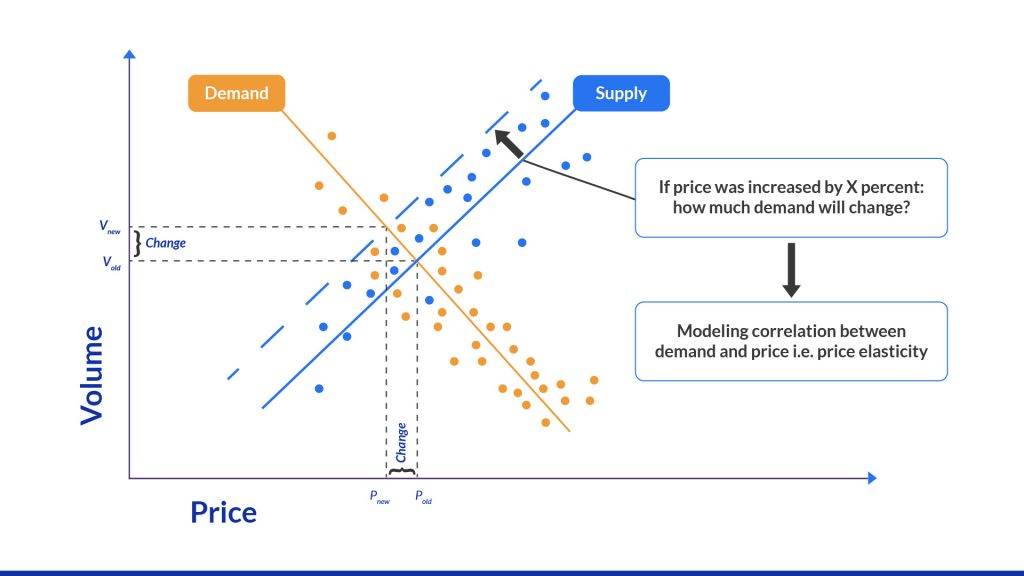
By grasping the intricacies of price elasticity, you can identify the sweet spot where pricing maximizes profitability. It’s not just about slashing the rates to boost sales or raising them to increase margins; it’s about finding that perfect balance that maximizes revenue while keeping customers satisfied.
Understanding price demand also allows you to segment your customer base effectively. Different customers have different sensitivity to price changes. Through careful analysis, you can tailor your pricing strategies to cater to various customer segments, enhancing your competitive edge and customer retention.
Price optimization software can segment your customer base automatically based on their price sensitivity, purchase history, and behavior. This automated segmentation ensures that your efforts are focused on the most profitable customer groups. Additionally, the software can continuously monitor customer responses and adjust pricing in real-time to meet changing demand.
Make Dynamic Pricing Your Competitive Advantage
Static pricing is a thing of the past. In today’s fast-paced retail environment, dynamic pricing is the key to staying competitive. Dynamic pricing entails the real-time modification of prices, taking into account a range of factors including demand, competitor pricing, and inventory levels.
It empowers retailers to respond swiftly to market fluctuations and changing customer behaviors. By using advanced algorithms and real-time data, you can optimize rates on the fly, ensuring that you’re always offering the most attractive deals to your customers.
Not only does it enhance your competitive advantage, but also boosts profitability. It allows you to capture additional revenue during peak demand periods and maintain healthy margins during off-peak times.
Consider this scenario: Two online electronics retailers, A and B, both sell the same popular smartphone model. Retailer A uses static pricing, maintaining a fixed price for the smartphone throughout the year. On the other hand, Retailer B employs dynamic pricing algorithms.
During the holiday season, the demand for this smartphone soars. Dynamic pricing algorithms at Retailer B detect the increased demand and adjust prices slightly upward, still staying competitive with other sellers but capitalizing on the heightened interest. As a result, Retailer B not only maintains profitability but also captures more revenue due to the increased sales volume.
In contrast, Retailer A, sticking to static pricing, misses out on this opportunity. Their prices remain unchanged, potentially losing customers who find more attractive deals elsewhere. Additionally, during the post-holiday period, when demand subsides, Retailer B can adjust prices downward to attract price-sensitive shoppers while still protecting their margins. Retailer A, constrained by static pricing, may have to resort to clearance sales or discounts, potentially eroding their profit margins.
Improve Your Understanding Of Seasonality And Its Business Impact
Seasonality is a crucial aspect of retail that often goes overlooked. Different times of the year bring different shopping behaviors and expectations from customers. Understanding the seasonal trends in your industry is vital for crafting effective pricing strategies.
By analyzing historical sales data and consumer behavior patterns, you can anticipate peak seasons, holiday rushes, and off-peak periods with greater accuracy.
Retail price optimization involves finding the optimal price point for a product that will yield the highest profit. This process requires understanding customer needs, behaviors, and product features that add value to an offering. Modern price optimization tools equipped with machine learning can provide guidance on price strategies by constantly evaluating data to find the best possible price for retailers. With these tools, retailers can stay in step with swiftly evolving consumer preferences and supply chain dynamics, ensuring that they are always offering their products at the most competitive prices. By considering seasonal fluctuations and aligning your strategies accordingly, you can capitalize on peak seasons while minimizing losses during slow periods. This proactive approach ensures that you’re well-prepared to offer your products at a lower price during certain times, attracting more customers and increasing sales.
Ignoring seasonality can lead to overstocked inventory, missed sales opportunities, and dissatisfied customers. Pricing optimization, when tailored to seasonality, enables you to make the most of every time of year.
For example, if you’re in the fashion industry, advanced pricing solution powered with AI may reveal that winter coats see a 50% spike in demand from October to December. Armed with this knowledge, your pricing harmonizes with the season, maximizing profits during peak times and optimizing inventory during quiet spells.
Forecast Your Customer Behavior And React To Market Changes
In the digital age, data is the lifeblood of retail. Harnessing the power of data analytics and forecasting is integral to successful pricing optimization. By studying past sales, market trends, and customer behavior, you can create accurate forecasts that guide your decisions.
Effective forecasting enables you to predict shifts in customer preferences, allowing you to adjust your product assortment and pricing strategies accordingly. Moreover, it empowers you to respond swiftly to market changes, such as emerging competitors or economic shifts.
In essence, pricing optimization combined with data-driven forecasting gives you a competitive edge by ensuring that your decisions are always rooted in real-world insights rather than guesswork.
Modern pricing solution like FCC go a step further by delving into behavior-based pricing. These tools not only analyze historical data but also track how customers react to different price points. For instance, they can identify price thresholds where customers are more likely to make a purchase or where they abandon their shopping carts.
This behavior-based pricing intelligence allows you to optimize pricing in real-time. For instance, if your data suggests that customers are more likely to make a purchase when a product is priced just below a certain threshold, the pricing solution can automatically adjust prices accordingly when the data indicates it’s beneficial.
Automation of Your Operations
Last but not least, automation is a key element of successful price optimization. Manual price adjustments are not only time-consuming but also prone to errors. Automating your pricing operations streamlines the process, reduces human error, and allows you to focus on strategic decision-making.
Advanced pricing software can handle tasks like competitor price tracking, dynamic price adjustments, and inventory management, all with minimal human intervention. This not only improves operational efficiency but also ensures that your pricing strategies are consistently implemented.
FAQs
What are the benefits of using retail price optimization software?
Using retail price optimization software offers several benefits. It helps retailers analyze market trends, competitor pricing, and customer behavior to determine the optimal strategy. This leads to increased sales, improved profit margins, and a competitive advantage in the market.
Are there any drawbacks to implementing a retail price optimization strategy?
Yes, there can be drawbacks to implementing a retail price optimization strategy. It can be time-consuming and require a significant investment in data analysis and technology. Additionally, if not executed properly, it could lead to errors or alienate customers if prices are perceived as unfair.
Make Price Optimization in Retail a Priority with FCC
In the ever-evolving landscape of pricing strategies, overlooking optimization could translate to leaving valuable revenue untapped. This is precisely where FCC steps in, poised to transform your pricing decisions for your product offerings. Our proprietary pricing algorithm model leverages the intricacies of demand elasticity and principles derived from game theory to deliver unmatched performance across a wide array of product categories.
So, what sets FCC’s Pricing Platform apart from the rest?
Precision via Micro Parameters: We drive substantial business impact by meticulously managing micro parameters, resulting in macro-level improvements. Our approach allows us to fine-tune your pricing strategies to perfection.
Proven Algorithmic Excellence: Our algorithms have undergone rigorous testing across millions of SKUs spanning hundreds of categories. This track record of excellence consistently yields exceptional outcomes for retailers, ensuring that your strategies are backed by proven success.
Data-Driven Superiority: Our platform is underpinned by top-tier retail data, enabling our machine learning models to operate with a level of accuracy and performance that’s second to none. This reliance on comprehensive data ensures that your decisions are grounded in real-world insights.
Elasticity-Based Optimization: FCC’s platform offers a unique demand elasticity-based price optimizer. This means that your pricing can be fine-tuned with a granular understanding of how price changes impact demand, taking into account regional variations for pinpoint accuracy.
Comprehensive Solution: Elevate your pricing strategy to new heights with FCC’s suite of retail solutions. Our offerings encompass comprehensive market analysis, competition assessment, and in-depth insights into demand-supply trends. This holistic approach ensures that your decisions are not just optimized but also strategically aligned with the broader market landscape.
Are you ready to unlock your full profit potential? Connect with our team of experts today, and let’s embark on the journey to maximize your revenue and pricing prowess.
More Blogs
See how retailers and brands are winning with FCC
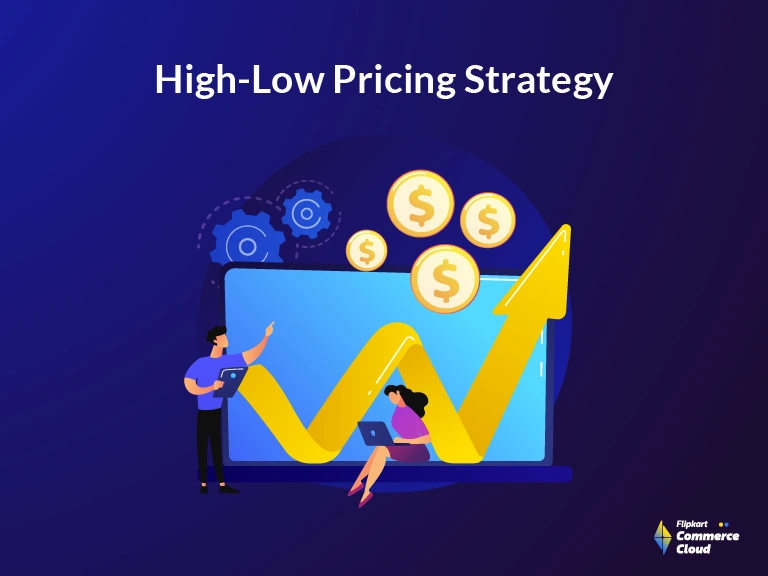
What is a High-Low Pricing Strategy?
Read More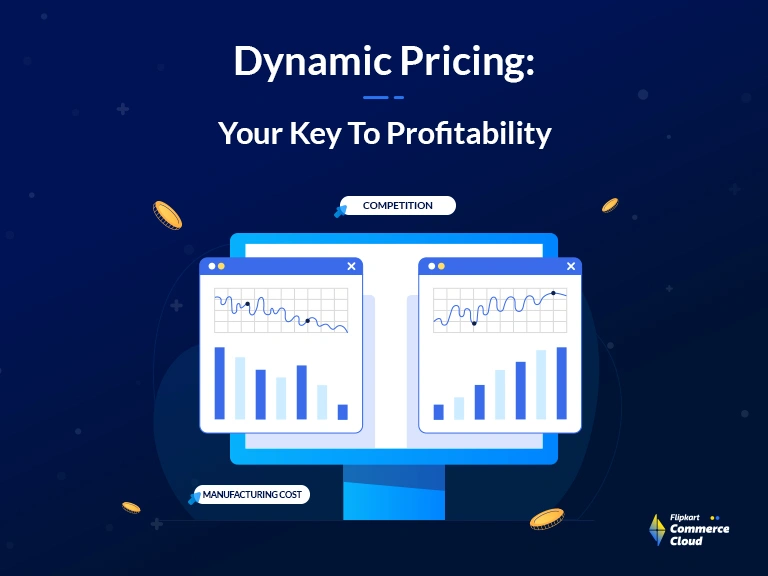
Ultimate Guide To Dynamic Pricing Strategy In 2025
Read More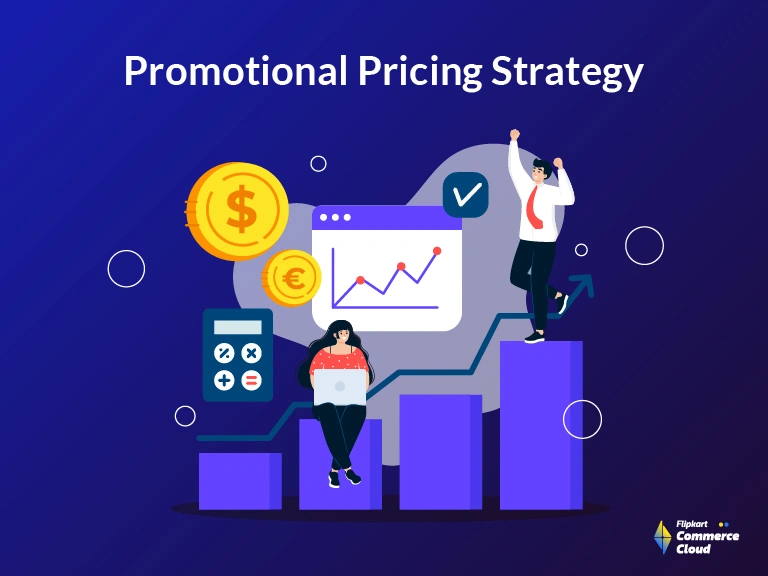
Retail Pricing Strategies: Winning with Promotion Pricing in Competitive Markets
Read More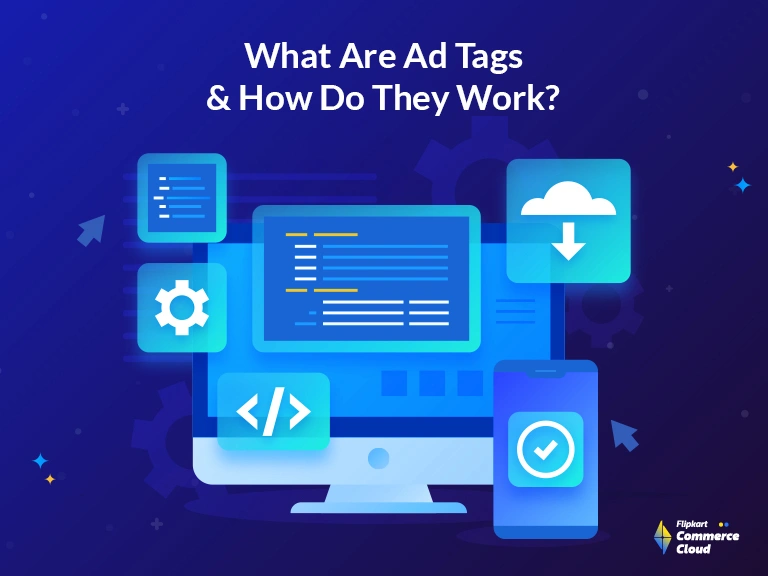
Ad Tags: Enhancing Ad Serving Efficiency in Large-Scale Campaigns
Read More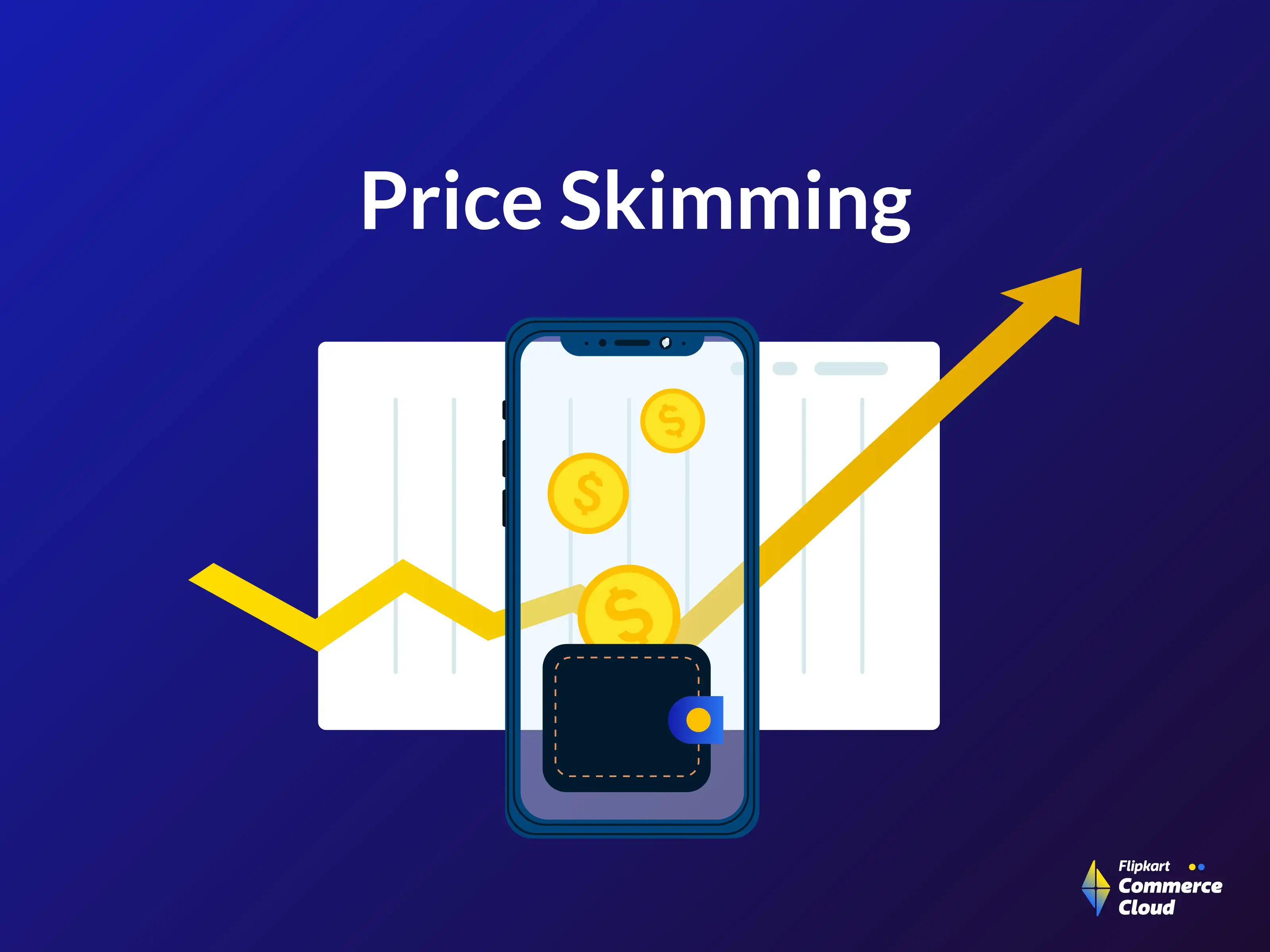
Everything About Price Skimming Strategy Explained
Read More
What is a High-Low Pricing Strategy?
Read More
Ultimate Guide To Dynamic Pricing Strategy In 2025
Read More
Retail Pricing Strategies: Winning with Promotion Pricing in Competitive Markets
Read More
Ad Tags: Enhancing Ad Serving Efficiency in Large-Scale Campaigns
Read More
Everything About Price Skimming Strategy Explained
Read More
What is a High-Low Pricing Strategy?
Read More
Ultimate Guide To Dynamic Pricing Strategy In 2025
Read More
Retail Pricing Strategies: Winning with Promotion Pricing in Competitive Markets
Read More
Ad Tags: Enhancing Ad Serving Efficiency in Large-Scale Campaigns
Read More
